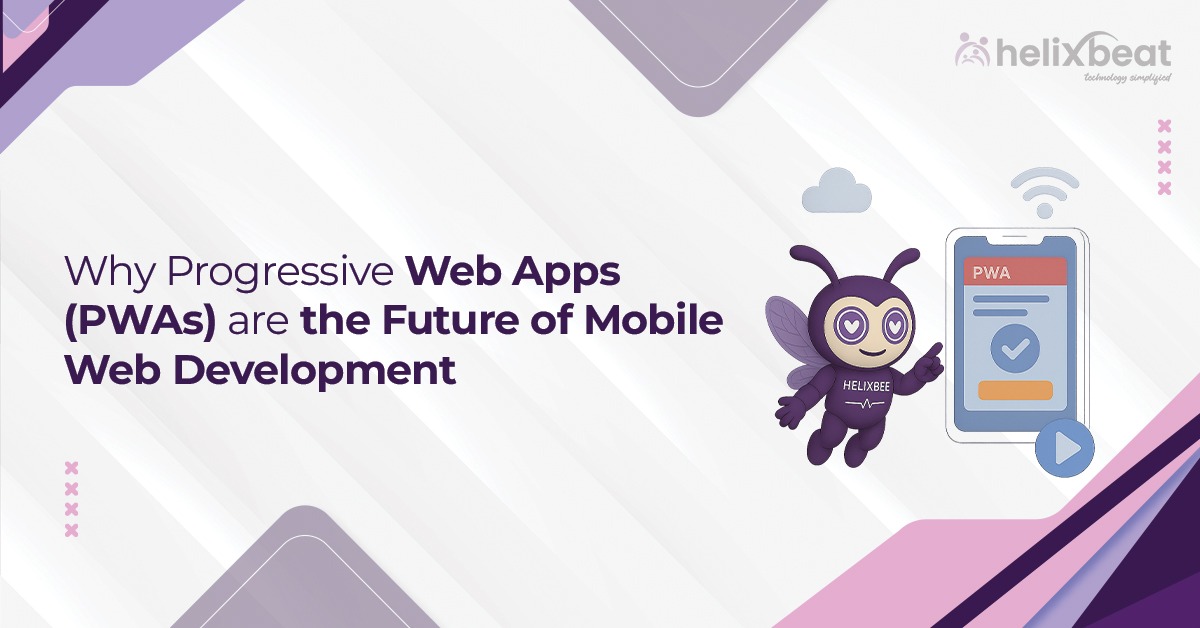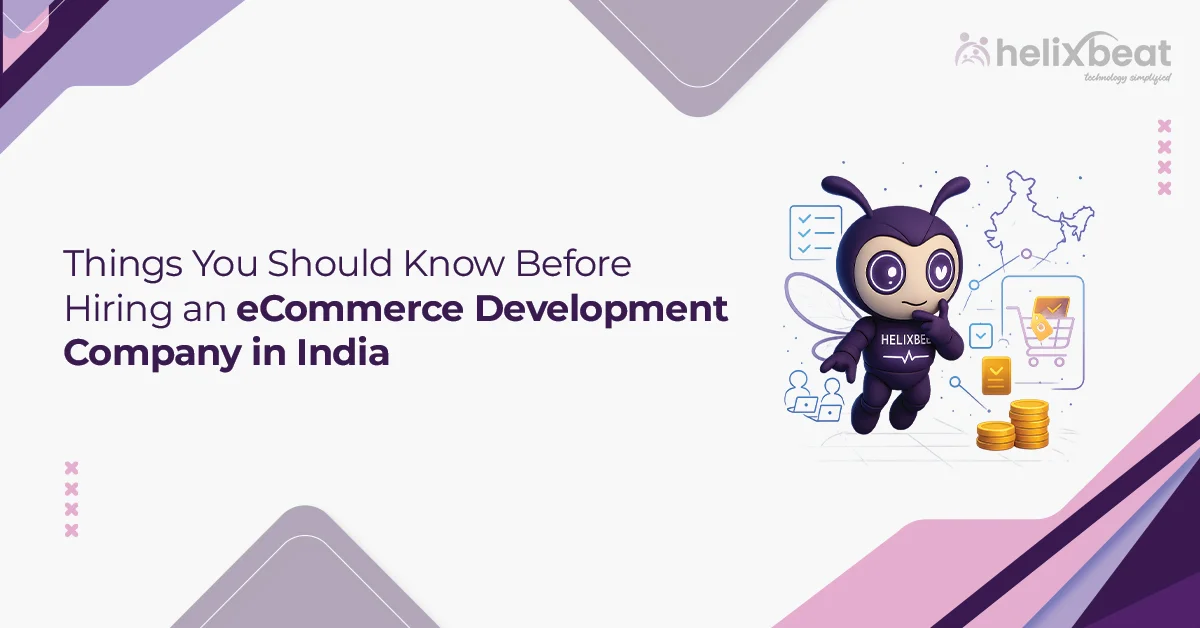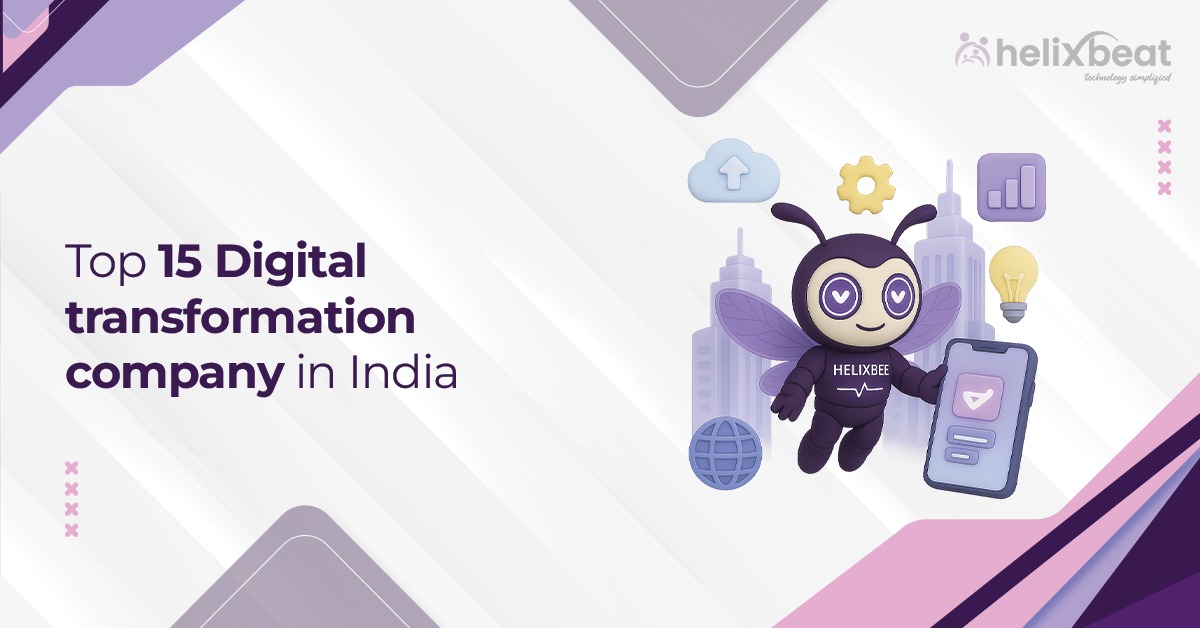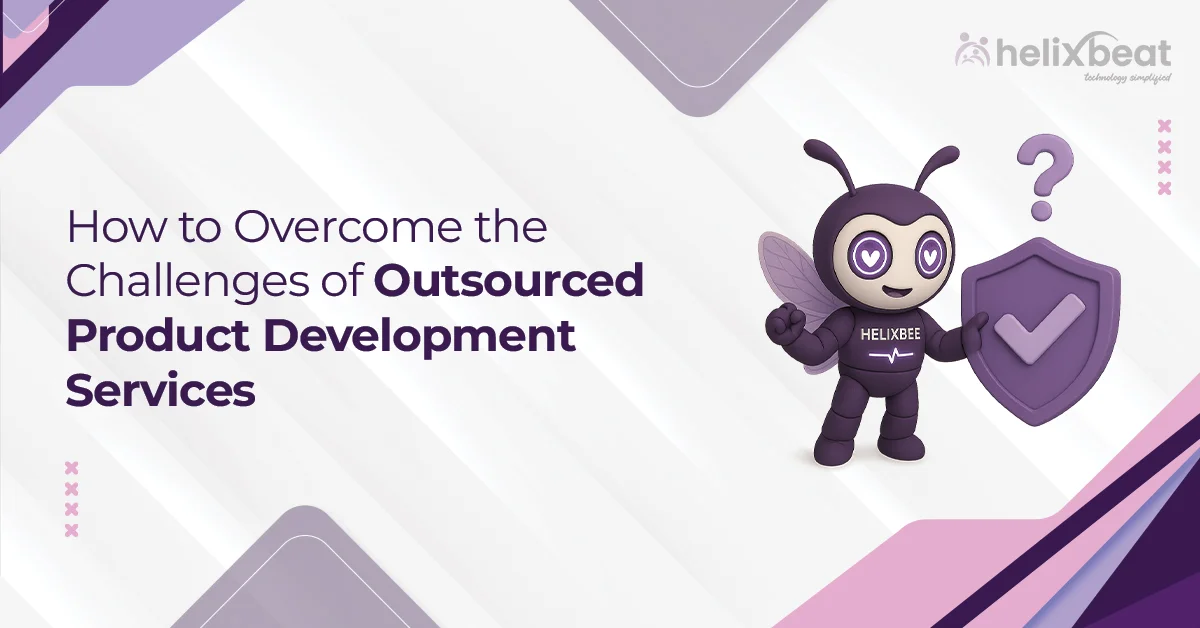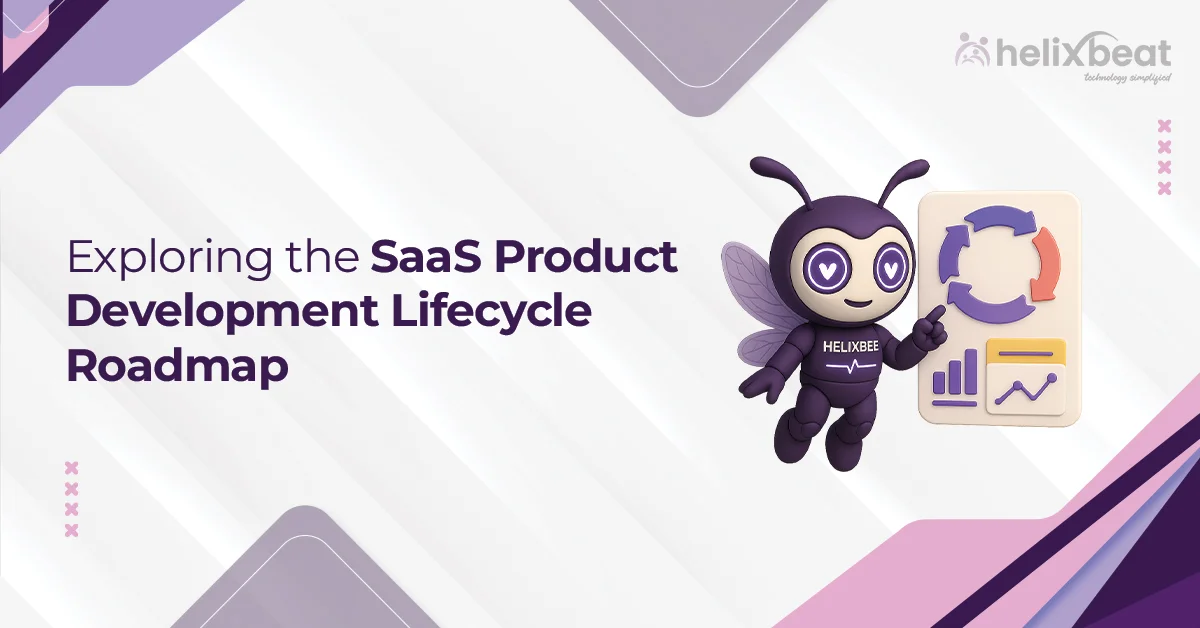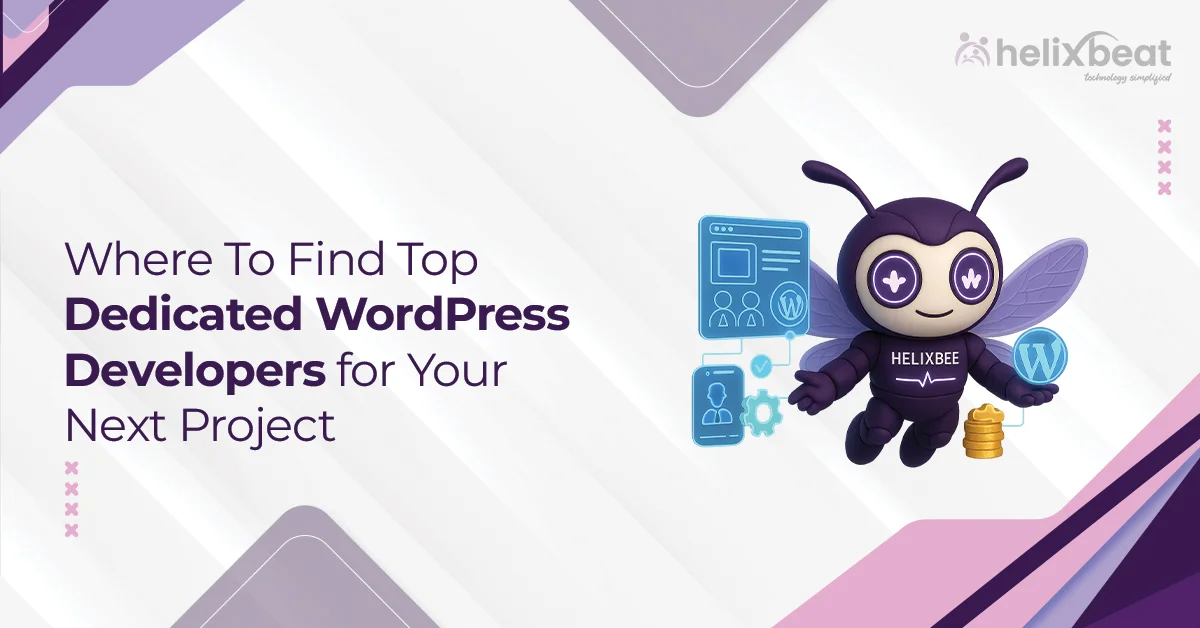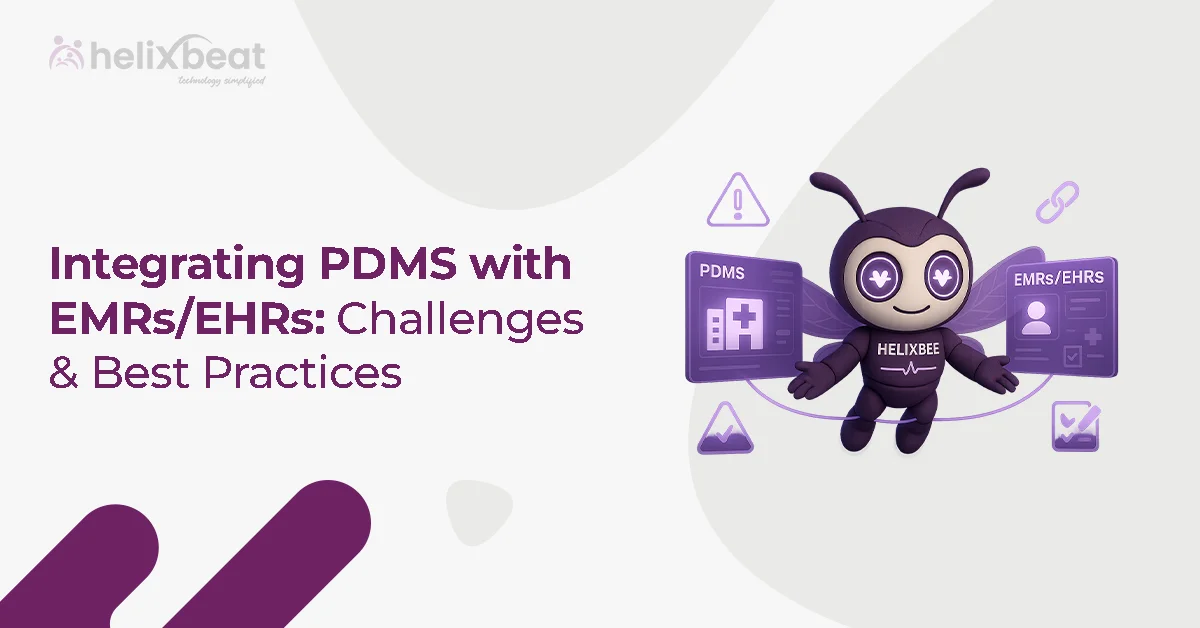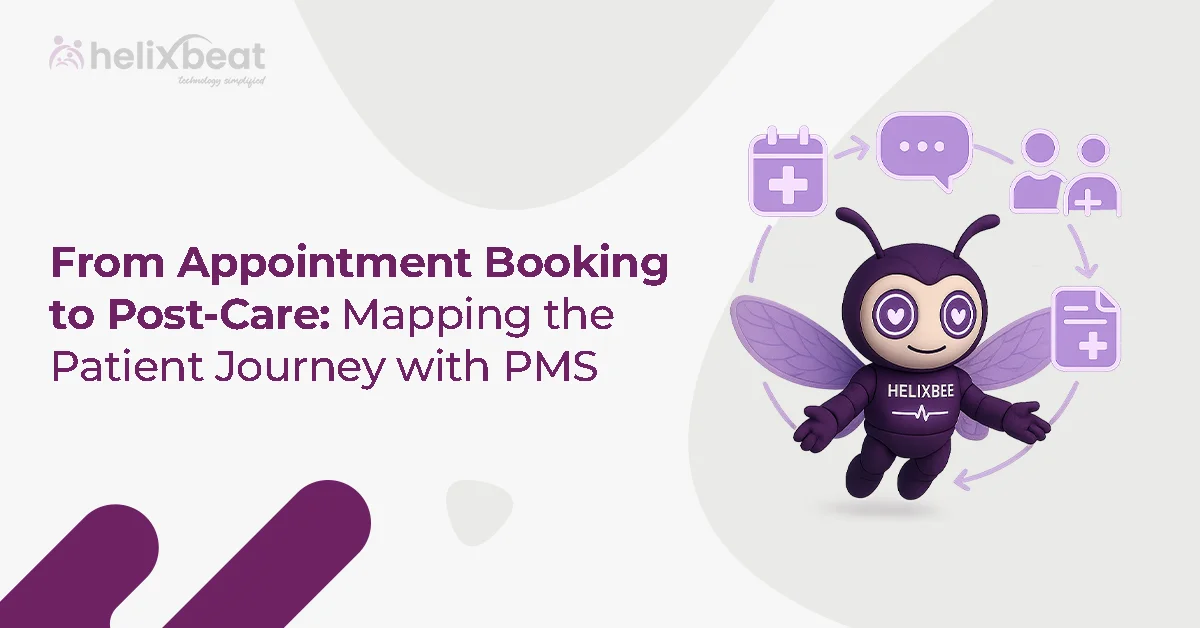Nowadays, users expect high-quality experiences from websites and apps. However, many businesses struggle to meet these expectations, especially when it comes to app performance, loading times, and offline capabilities.
A recent report from Google revealed that 53% of mobile users leave a site if it takes longer than three seconds to load. This delay can negatively impact user engagement and revenue. The solution? Progressive Web Apps (PWAs). PWAs offer the perfect combination of speed, reliability, and usability.
They allow businesses to deliver an app-like experience directly in the browser, reducing development costs and improving user satisfaction. With offline capabilities and fast load times, PWAs make sure users have the best experience, even in low-network conditions.

Table of Contents
The Basics of Progressive Web Apps (PWAs)
Progressive Web Apps (PWAs) are web applications that offer a mobile app-like experience while being accessible through a web browser. Unlike traditional websites, PWAs use modern web technologies such as service workers, which allow them to work offline and load quickly, even with a slow internet connection. PWAs are responsive, meaning they adjust seamlessly to different screen sizes and devices, providing a consistent experience.
They can be added to a user’s home screen, bypassing app stores, and receive push notifications to keep users engaged. This combination of web and app features makes PWAs a powerful tool for businesses seeking to deliver a high-quality mobile experience without the costs and complexity of building separate native apps.
What Makes Progressive Web Apps Unique
Progressive Web Apps (PWAs) stand out for their ability to combine the best aspects of websites and native mobile apps, providing a unique and seamless user experience. Here’s what makes PWAs special:
- Offline Functionality: PWAs can work without an internet connection, ensuring users can continue using the app even in low or no-network conditions.
- Fast Loading: Thanks to service workers, PWAs load quickly and respond faster than traditional websites.
- No App Store Required: Users can add PWAs to their home screen directly from the browser, bypassing the need for app stores.
- Push Notifications: PWAs can send push notifications, keeping users engaged with timely updates.
- Cross-Platform Compatibility: PWAs work seamlessly across different devices and screen sizes, providing a consistent experience.
Difference Between Progressive Web Apps vs Native Mobile Apps
When choosing between Progressive Web Apps (PWAs) and Native Mobile Apps, it’s important to understand how each option performs across various aspects.
While PWAs offer cross-platform functionality and easier maintenance, Native Mobile Apps provide better performance and deeper integration with device features.
| Feature | Progressive Web Apps (PWAs) | Native Mobile Apps |
| Development and Maintenance | Built with web technologies, works across platforms, and easy to update. | Developed separately for each platform, requiring more time and resources. |
| Installation | No need for app store installation, accessible via the browser. | Must be downloaded from app stores. |
| Offline Capability | Works offline using cached data and service workers. | Can work offline but depends on local storage and app design. |
| Performance | Generally fast but may not match native app performance. | Optimized for specific devices, offering superior performance. |
| User Engagement & Features | Can send push notifications but limited in advanced features. | Full access to device features and richer user engagement. |
Why Progressive Web Apps (PWAs) are the Future of Mobile Web Development
Progressive Web Apps (PWAs) are quickly becoming the go-to solution for mobile web development due to their ability to deliver high-quality experiences with reduced costs and increased engagement. Here’s why PWAs are the future of mobile web development:
1. Faster Load Times and Improved Performance
PWAs load almost instantly, even on slow networks, thanks to their caching capabilities. A study by Google found that users are 53% more likely to abandon a mobile site if it takes more than three seconds to load. PWAs address this by providing fast, smooth experiences.
2. Cost-Effective Development
Unlike native apps, which require separate development for iOS and Android, PWAs can be built using web technologies, making them more affordable. Businesses can save on the development and maintenance costs, reaching a wider audience across platforms.
3. Higher User Engagement and Retention
PWAs offer push notifications and can be added directly to the home screen, boosting user engagement. According to research by McKinsey, businesses have seen up to a 30% increase in conversion rates after adopting PWAs due to improved user experiences.
4. Increased Accessibility and Reach
PWAs are accessible through web browsers and don’t require app store installations, which makes them easily discoverable. This opens up new opportunities for businesses to reach users across various devices, including desktops, smartphones, and tablets.
Steps in Building Progressive Web Apps
Building a Progressive Web App (PWA) involves several key steps to ensure a smooth, app-like experience for users. Here are the main steps:
Step 1: Choose the Right Framework
Select a progressive app framework like React, Angular, or Vue.js to structure your app effectively and ensure scalability.
Step 2: Make It Responsive
Design the PWA to work across all devices and screen sizes, ensuring a seamless experience on mobile, tablet, and desktop.
Step 3: Implement Service Workers
Service workers enable offline functionality, caching, and background updates. They allow the PWA to load quickly and work even in low or no network conditions.
Step 4: Create a Web App Manifest
A manifest file lets users add the PWA to their home screen. This includes information like the app’s name, icon, and theme color.
Step 5: Optimize Performance
Use performance optimization techniques like lazy loading, code splitting, and image compression to improve loading times and reduce data usage.
Step 6: Enable Push Notifications
Integrate push notifications to keep users engaged and provide timely updates directly on their devices.
Step 7: Test and Deploy
Test your PWA thoroughly across various devices and browsers to ensure it performs optimally. Once tested, deploy it to the web and monitor for improvements.
By following these steps, you can create a reliable and engaging Progressive Web App that delivers an app-like experience to users without the need for app store downloads.
The Role of Artificial Intelligence (AI) in Mobile Web Development
AI is transforming mobile web development by enhancing personalization, automating user interactions, and optimizing performance. Here’s how AI is shaping the future of mobile web experiences:
1. Personalization and User Experience
AI enhances mobile web experiences by personalizing content and interfaces based on user behavior. It suggests tailored products or services and adapts layouts for better usability, improving engagement and satisfaction.
2. AI-Powered Chatbots and Virtual Assistants
AI chatbots provide instant customer support on mobile websites, handling inquiries and guiding users through processes. This improves user interactions, reduces operational costs, and ensures 24/7 service without human intervention.
3. Predictive Analytics and Optimization
AI uses predictive analytics to optimize mobile web performance. It anticipates traffic spikes, adjusts resources, and identifies performance issues, ensuring fast, seamless experiences and continuous site improvements.
Final Thoughts
To sum it up, Progressive Web Apps (PWAs) are changing the game in mobile web development, offering fast, reliable, and smooth experiences for users. They combine the best features of websites and mobile apps, making them a cost-effective solution for businesses looking to engage their audience.
If you’re thinking of building a PWA or need expert web and app development services, Helixbeat is the right partner for you. Our team specializes in creating high-quality, user-friendly solutions customised to your business needs.
With a focus on innovation and performance, we make sure your digital products are ready for the future. Get in touch with us today, and let’s build something amazing together.
FAQ:
1. What is an example of PWA?
An example of a Progressive Web App (PWA) is Twitter Lite. It offers a mobile app-like experience while running directly in the browser. It works offline, loads quickly, and provides push notifications to keep users engaged, just like a native app.
2. What is the difference between PWA and web app?
A Progressive Web App (PWA) is a type of web app that offers additional features like offline capabilities, push notifications, and the ability to be added to the home screen, offering an app-like experience. A web app, on the other hand, is just a website that runs in the browser without these advanced features. PWAs are more reliable, faster, and more engaging than traditional web apps.
3. Is Amazon a PWA app?
Yes, Amazon has adopted Progressive Web App technology for its mobile site in certain regions. Amazon’s PWA is optimized for faster loading times, offline use, and better performance on mobile devices, offering a seamless shopping experience.
4. Is PWA good for SEO?
Yes, PWAs are good for SEO because they are discoverable by search engines, just like traditional websites. Since PWAs are built using standard web technologies (HTML, CSS, and JavaScript), search engines can crawl and index them, making them visible to users. This can lead to better visibility and higher rankings in search results.
5. How to convert a website to a PWA?
To convert a website into a PWA, add a web app manifest, implement service workers for offline functionality, ensure the site is responsive, use HTTPS for security, and test it across devices before deployment.



